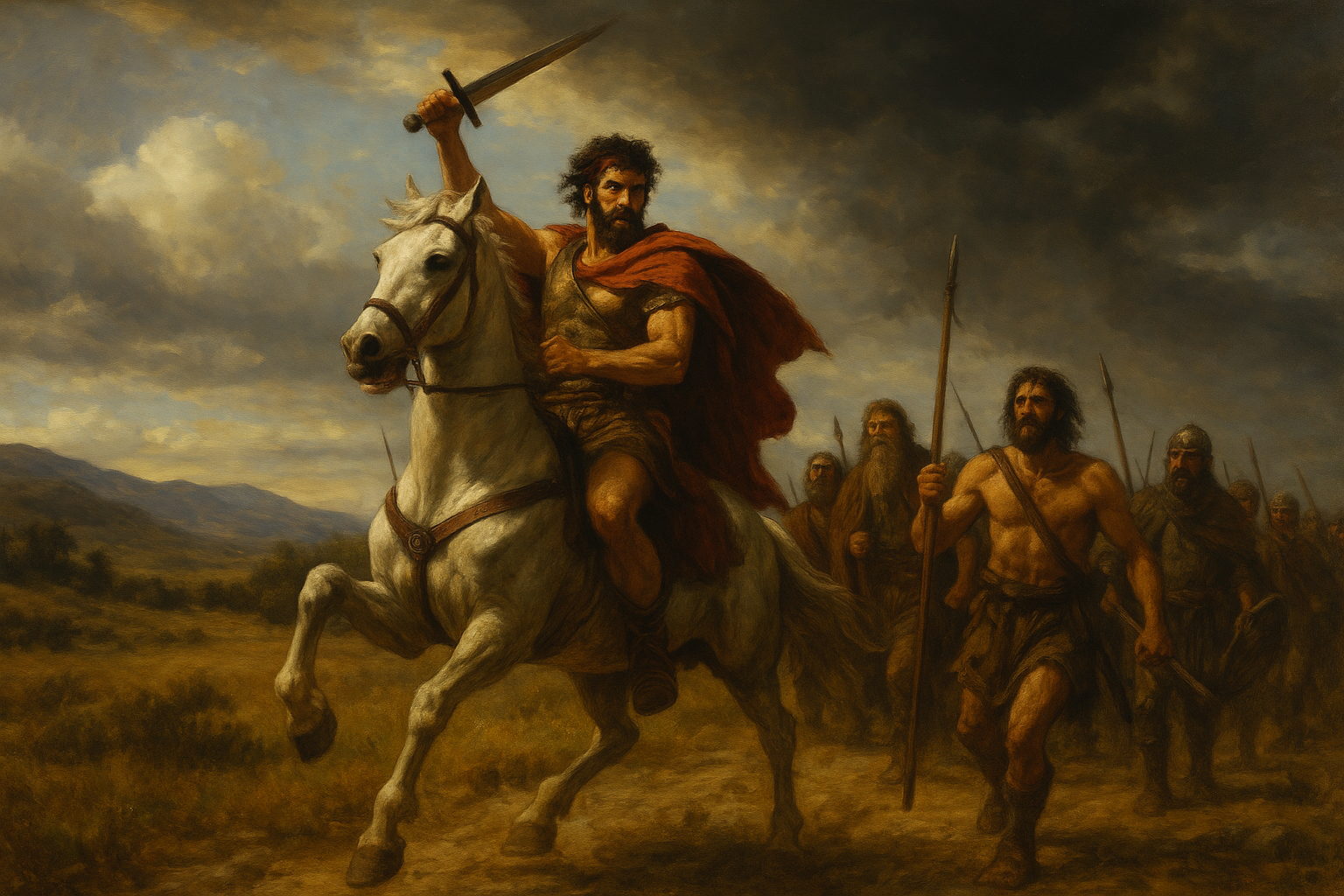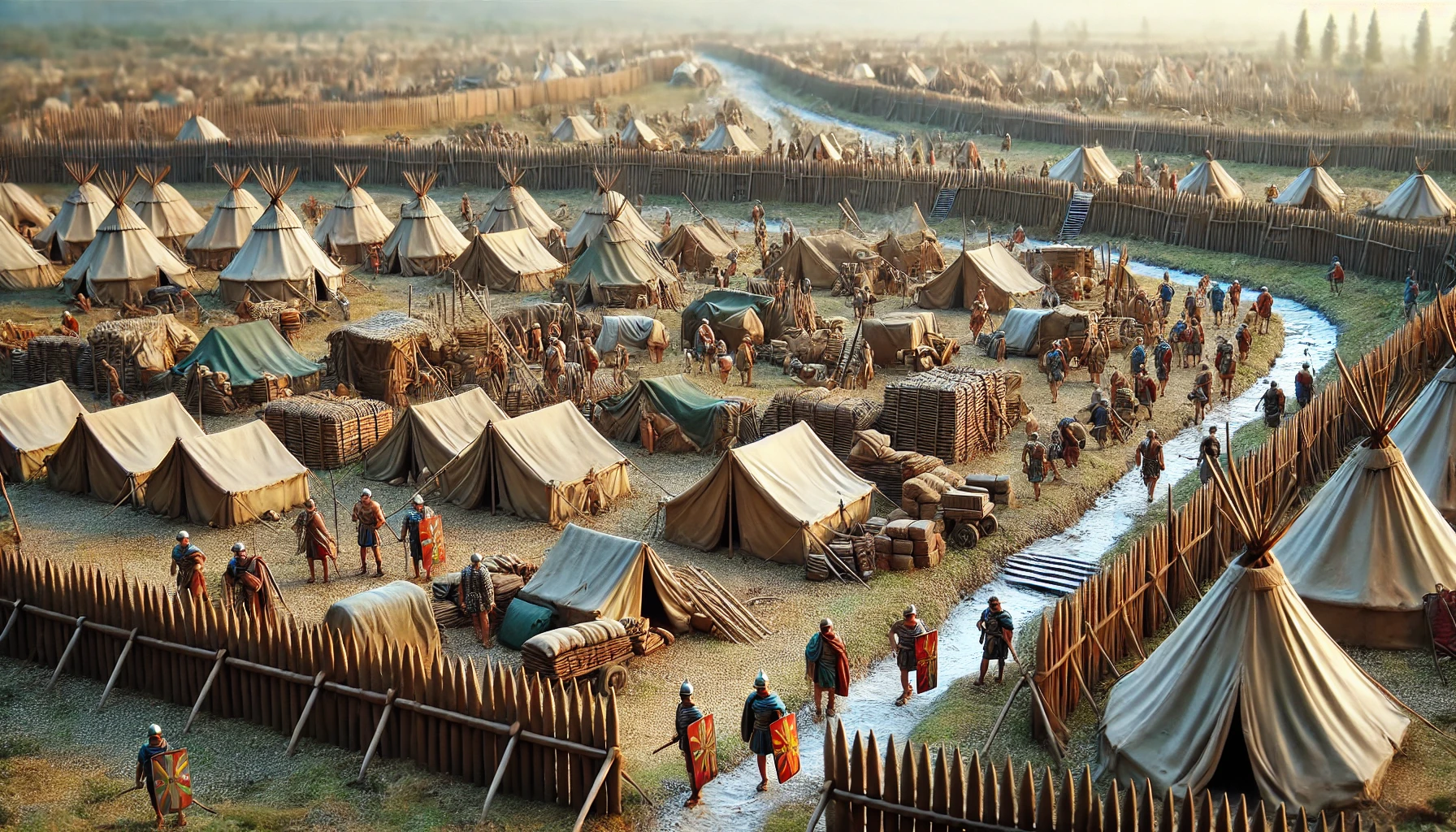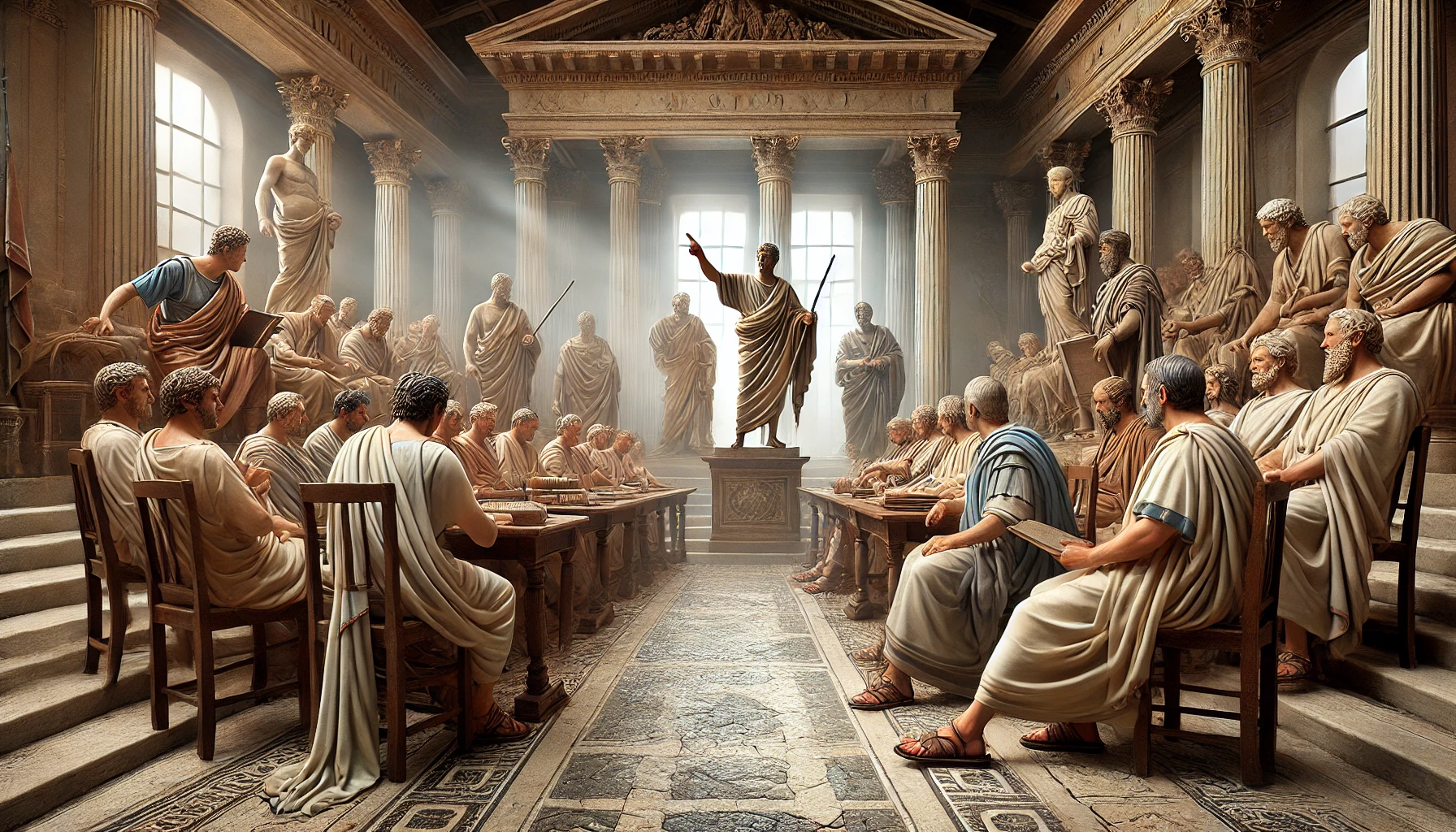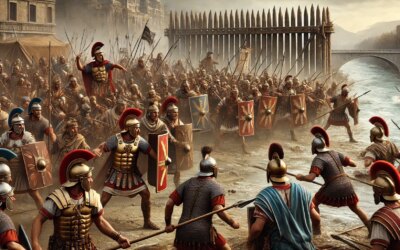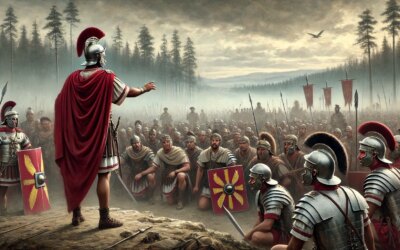Introduction: The Gladiator’s Call to Freedom
In 73 BC, a handful of gladiators escaped from the school of Lentulus Batiatus in Capua, sparking one of the most significant slave uprisings in Roman history. Led by the former Thracian soldier Spartacus, the rebel force swelled to tens of thousands, defeating Roman armies in multiple engagements and threatening the very foundations of the Republic. Though ultimately crushed by Marcus Licinius Crassus in 71 BC, the Third Servile War remains a powerful testament to the human yearning for freedom.
Spartacus: From Thracian Soldier to Rebel Leader
Spartacus, likely born in Thrace around 111 BC, served as a soldier in the Roman auxiliary before being enslaved and sold into gladiatorial service. His military training and charismatic leadership galvanized the escapees, transforming them from confined entertainers to a formidable guerrilla army. Spartan discipline, tactical ingenuity, and the promise of liberty drew slaves, freedmen, and even disaffected shepherds to his standard.
The Early Victories and March on Rome
After breaking out in southern Italy, Spartacus’s rebels defeated their gladiatorial trainers, seized weapons, and routed provincial forces sent to contain them. Marching northward, they inflicted a severe defeat on a Roman consular army near Mount Vesuvius. Their goal remains debated: some sources suggest they sought to cross the Alps and disperse to safety, while others believe they aimed to march on Rome itself.
Roman Response: From Underestimation to Desperation
Initially, the Roman Senate underestimated the rebellion, dispatching low-quality militia. As Spartacus’s victories mounted, panic ensued. In 72 BC, Marcus Licinius Crassus was given command with extraordinary powers. He rebuilt disciplined legions, introduced harsh disciplinary measures such as decimation, and gradually wore down the rebels, forcing them into pitched battle in southern Italy.
The Final Stand and Aftermath
In the decisive Battle of the Siler River in 71 BC, Crassus’s forces crushed Spartacus’s army. Though Spartacus died in combat, his body was never conclusively identified. Crassus crucified around 6,000 captured rebels along the Appian Way from Rome to Capua—a grim reminder of Rome’s resolve. The revolt’s suppression restored order but left a lasting impression on Roman society.
Legacy of Rebellion and Resistance
Spartacus became a symbol of resistance against oppression. Ancient writers like Plutarch and Appian recounted his courage and the moral questions his revolt raised about slavery, citizenship, and human dignity. In modern times, Spartacus’s story inspired abolitionists, political revolutionaries, and cultural works exploring themes of liberty and solidarity.
Conclusion: The Eternal Quest for Freedom
The Third Servile War of 73–71 BC demonstrated that even the might of Rome could be challenged when people united under a common cause. Spartacus’s revolt may have ended in defeat, but his legacy endures as a powerful narrative of resistance. In the annals of Roman history, the echoes of the gladiator’s cry for freedom remind us that the spirit of liberty transcends empires and endures through the ages.

